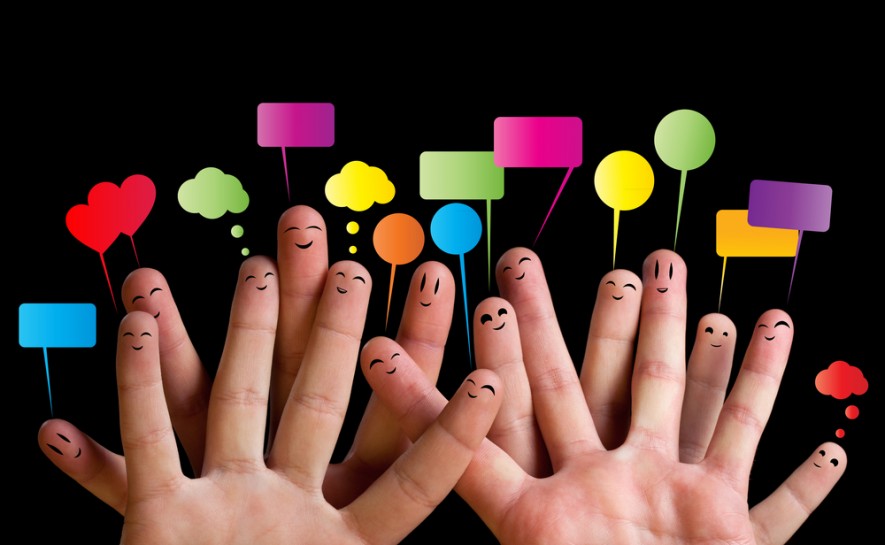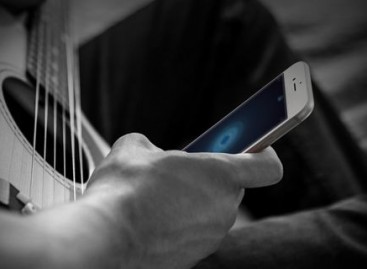- QATestLab Blog >
- QA Basics >
- What Is Human Experience Testing?
Nowadays, the wearables are very popular. They are easy to use and help people to monitor different parameters. But, unfortunately, some glitches may happen, and it will disappoint users.
The aim of the specialists from software testing company is to prevent all possible failures of the wearables’ work. For example, the wearable did not record the time when runner finished. It is an awful experience. How to avoid such a trouble?
In this case, usability testing is performed in order to find out the reasons of incorrect work of the application. But it is better to involve human experience testing. This is checking in user’s ‘real environment’.
What Are the Components of Human Experience Testing?
- The place and time of usage
- The interaction between the device and user’s senses
- The way of providing the value
It is also recommended to apply user-device interaction design principle during desktop application testing, mobile testing and website testing. All the characteristics of a potential user are modeled. There are age, gender, status, occupation, way of life, educational background, mindset, etc.
Testing based on modeled potential user, for example, mobile application testing, involves checking of user’s expectations for the work of applications or wearables. There can be the sensory, locational and contextual expected results. A user value story should be also taken into account.
A User Value Story Includes:
- environmental conditions and realistic situations (weather);
- sensory perceptions (sounds, smells, tastes, etc.);
- feeling and emotions.
If software testing is performed with regard to all mentioned issues, the wearables and devices will work without any glitches.
Learn more from QATestLab
Related Posts:
- What to test for maximum productivity of logistics software
- How to make users add your online shop to bookmarks?
- Is unit testing enough for software release?







No Comments Yet!
You can be the one to start a conversation.